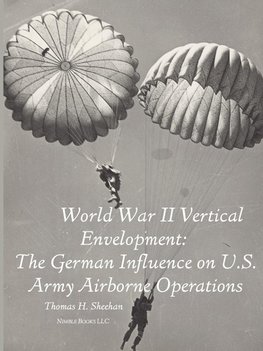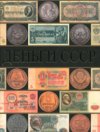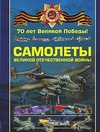
-
 Anglický jazyk
Anglický jazyk
World War II Vertical Envelopment
Autor: Thomas J. Sheehan
This study traces the development of the United States Army's airborne concept during World War II. More than any other precedent, German airborne operations against Crete influenced the evolution of U.S. Army airborne doctrine, organization, and utilization.... Viac o knihe
Na objednávku
22.68 €
bežná cena: 25.20 €
O knihe
This study traces the development of the United States Army's airborne concept during World War II. More than any other precedent, German airborne operations against Crete influenced the evolution of U.S. Army airborne doctrine, organization, and utilization. Consequently, the author compares the U.S. and german airborne experiences, with an emphasis on the former. The formative period ran from 1940 through May 1941, while the expansion period extended into 1943. A major point of departure and comparison was the German invasion of Crete in May 1941 (Operation Merkur), which lent important impetus to U.S> airborne development. Without knowledge of the severity of German losses at Crete and the shortcomings in airborne doctrine that the German experience exposed, U.S. planners accepted Crete as their model on which to base rapid airborne expansion. Subsequently, Operation Husky, the invasion of Sicily, taught U.S. airborne planners to to evolve their own lessons. Crete remained the inspiration, but was no longer the roadmap.
- Vydavateľstvo: Nimble Books LLC
- Rok vydania: 2010
- Formát: Paperback
- Rozmer: 280 x 210 mm
- Jazyk: Anglický jazyk
- ISBN: 9781608880393






 Ruský jazyk
Ruský jazyk 





